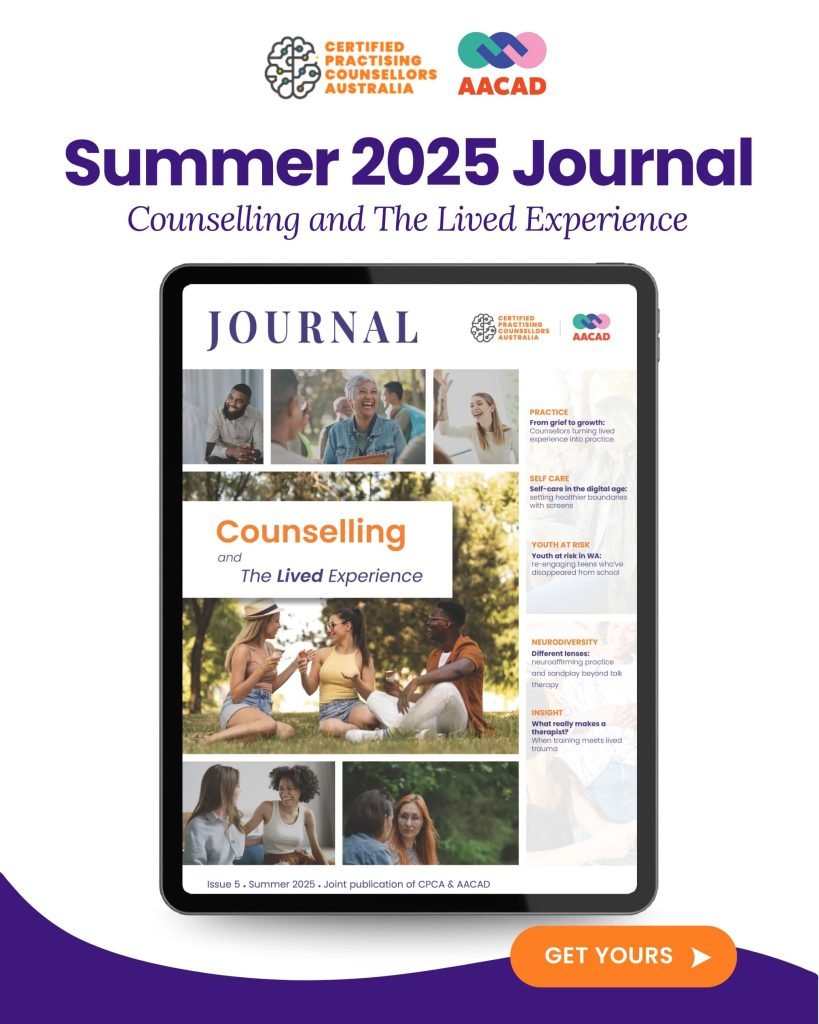The rise of virtual counselling has transformed the mental health care landscape—making therapy more accessible, removing geographic barriers, and empowering people to seek support from the comfort of their own homes. With telehealth platforms now offering therapy via video calls, chat, and mobile apps, an important question emerges: Does virtual counselling eliminate the need for traditional face-to-face or even online counselling?
To explore this, we must understand what virtual counselling entails, its benefits and limitations, and how in-person therapy continues to play a vital role in mental health support.
What is Virtual Counselling?
Virtual counselling—also known as teletherapy, online therapy, or e-therapy—involves delivering professional mental health support through digital platforms. This can include video calls, phone sessions, instant messaging, email communication, or even mobile apps tailored to therapy.
The goal is to provide flexible, accessible mental health services that overcome obstacles like distance, time constraints, or financial limitations. Since the COVID-19 pandemic, virtual counselling has accelerated in popularity and is now a standard offering in many therapeutic practices worldwide.
Advantages of Virtual Counselling
1. Convenience and Accessibility
Virtual counselling offers unmatched flexibility. Clients can book sessions around their schedules without needing to travel, making it ideal for those in rural areas, with mobility limitations, or with caregiving responsibilities. It allows access to therapy that might otherwise be out of reach.
2. Comfort and Anonymity
Receiving therapy from home can feel safer and more comfortable, helping clients open up more easily. This environment reduces the anxiety that some may feel in a traditional office setting, enhancing the overall effectiveness of sessions.
3. Reduced Stigma
The stigma surrounding mental health can prevent many individuals from seeking the support they need. Virtual counselling offers a more private, accessible option, helping to ease these concerns by removing the visibility of attending in-person sessions.
For those worried about mental health stigma, online therapy provides a discreet solution. Sessions can be attended from the privacy of home, reducing the fear of judgment often associated with visiting a therapist’s office.
4. Flexible Communication Options
Not everyone is comfortable with face-to-face interactions, especially in emotionally charged contexts. Virtual counselling supports various formats—text-based chats, phone calls, or video conferencing—allowing clients to choose a method that best suits their comfort level and communication style.
This flexibility helps cater to various communication styles, such as individuals who may feel more comfortable writing out their feelings or those who prefer a more visual interaction.
Limitations of Virtual Counselling
Despite its benefits, virtual counselling cannot fully replace traditional therapy. Several limitations can impact its effectiveness in certain scenarios.
1. Loss of Non-Verbal Communication
Therapists rely heavily on body language, facial expressions, and other non-verbal cues to assess a client’s emotional state. While video calls offer some insight, nuances are often missed—especially with poor lighting, camera angles, or unstable internet connections. In face-to-face sessions, a counselor can pick up on subtle signs, such as facial expressions, posture, and eye contact, to better understand the client’s emotional state and adjust their approach.
2. Technology Access and Literacy
Not everyone has access to high-speed internet or is comfortable using digital platforms. Technical glitches, software issues, or unfamiliarity with tools can hinder the flow and detract from the effectiveness of the session. Furthermore, clients may not feel comfortable using technology, or they may face challenges related to privacy and security concerns when using online platforms for therapy.
3. Challenges in Crisis Situations
Virtual counselling may not be appropriate for high-risk or crisis situations (e.g., suicidal ideation, severe anxiety attacks). In-person sessions provide immediate intervention and a better assessment of a client’s physical and emotional safety.
4. Building Trust and Therapeutic Rapport
Establishing trust is a critical part of therapy. While virtual platforms can support this process, some clients may find it harder to form connections without the natural warmth of face-to-face interaction.
In face-to-face counseling, there is an organic, in-person connection that helps establish rapport between the client and the therapist. While some people can form strong bonds through virtual platforms, others may struggle with the impersonal nature of screens. The nuances of human interaction, such as eye contact and tone of voice, are sometimes diluted in virtual spaces, which can slow the development of trust.
5. Legal and Ethical Complexities
Therapists are typically required to be licensed in the jurisdiction where the client resides. Virtual therapy across state or national lines can present licensing challenges as therapists must be licensed in the state or country where the client is located, which can limit their ability to serve people across state or national lines. Additionally, concerns about data privacy and confidentiality are amplified in digital settings if platforms are not secure.
The Role of Face-to-Face and Online Counsellors
Even with the rise of virtual counselling, in-person and traditional online therapy (such as phone or scheduled video sessions) remain essential components of comprehensive mental health care.
For Complex or Long-Term Concerns
Deep-seated trauma, chronic mental health disorders, and long-term therapeutic work often benefit from the emotional presence and attentiveness found in face-to-face settings.
For High-Risk Clients
In-person therapy is crucial when immediate, hands-on intervention may be required—such as with clients struggling with addiction, self-harm, or suicidal ideation.
Addressing Cultural and Social Considerations
Certain cultural groups may prefer or expect in-person interactions. Others may lack the digital literacy or access needed for virtual therapy. Traditional counselling accommodates these needs more effectively.
The Importance of Human Connection
Virtual counselling provides significant benefits in terms of accessibility and flexibility—but it can’t entirely replicate the depth of human connection achieved through face-to-face interaction. Subtle expressions of empathy, emotional resonance, and shared presence play an irreplaceable role in many therapeutic relationships.
Each form of counseling—whether virtual or in-person—has unique advantages and challenges. Virtual counseling offers increased accessibility, convenience, and anonymity, but it has limitations in terms of building trust, responding to crises, and interpreting non-verbal cues. Meanwhile, face-to-face counseling provides a deeper, more personal connection and is often necessary for high-risk situations or clients dealing with complex mental health issues.
Conclusion
Virtual counselling is a powerful tool that has expanded access to mental health support for many people. However, it does not replace the need for traditional face-to-face or structured online counselling. Each method—whether in-person, by phone, or through digital platforms—has its own strengths and weaknesses.
The future of therapy is likely to be hybrid, combining virtual and in-person approaches to meet diverse client needs. For many, the best outcomes will come from choosing the method that aligns with their comfort, circumstances, and therapeutic goals.
💼 Looking for Professional Insurance as a Counsellor?
If you’re offering counselling services—virtually or in person—having the right insurance is essential. CPCA members have access to an exclusive insurance package through MME Australasia, providing $20 million annual coverage for approved modalities like counselling, psychotherapy, and hypnotherapy.



